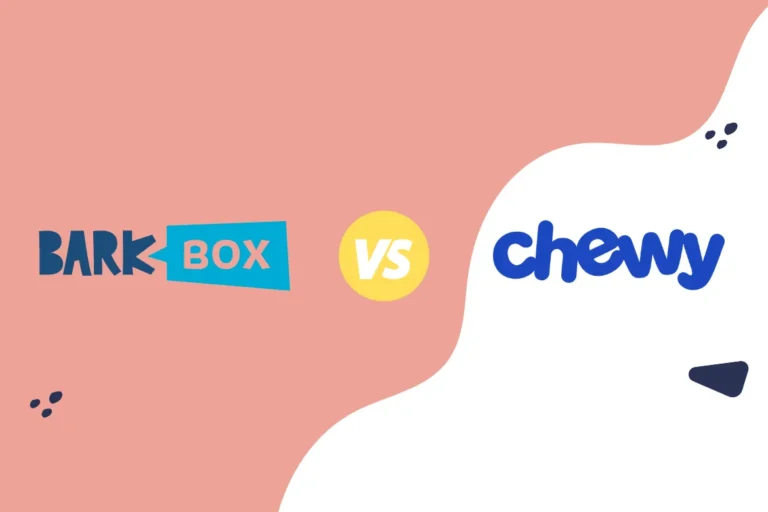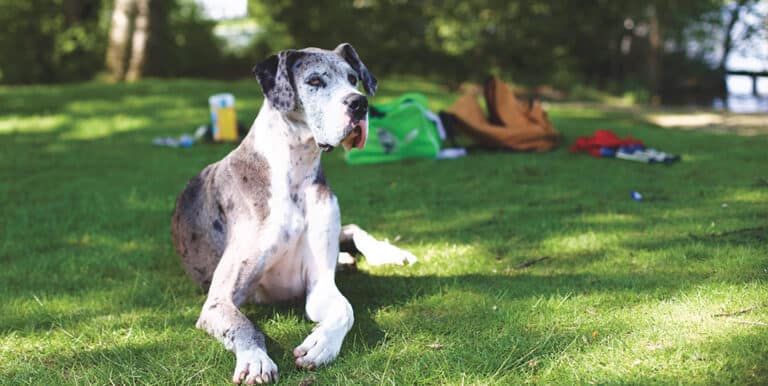Why Do Dogs Chase Cats?

Dogs chase cats for multiple reasons, including instinct, boredom, annoyance and bad moods and protection of their space, possessions or owner. People often can teach them not to engage in this behavior using positive reinforcements, although it does take a big time commitment. The breed of the animal affects their tendencies and is a consideration when approaching this type of training.
Instinct and Prey Drive
One theory about why dogs chase cats is that they are natural predators. Before people began training and keeping them roughly 12,000 years ago, canines were wild pack animals that relied mainly on instincts to survive. The “prey drive,” which makes them want to chase and catch other smaller animals to eat, was fundamental. Modern owners typically keep their animals well fed, so there generally isn’t a need for a domesticated dog to eat a cat, but nevertheless, the desire to run after one still can be incredibly strong.
Boredom and Fun
In contemporary society, many individuals have to leave their pets home alone much of the day as they work, run errands or perform other tasks, and like people, any animal that doesn’t have much to do can get bored. Some canines chase cats for the same reason they hide stuff around the house, bark at neighbors walking by or play with their favorite toys: They’re just trying to break up the monotony and keep themselves occupied. Getting close to or even catching whatever they’re chasing also can provide a little bit of an adrenaline rush, so it’s essentially not much different than a person snowboarding, skydiving or participating in some other “extreme” activity.

Annoyance
People often portray canines as being constant aggressors, but the reality is that felines have different personalities, and some have quite a high level of natural ferociousness. Sometimes, a mean cat actively will antagonize other animals, asserting control over a specific space or item. In other cases, one might just want to play, so he’ll do things like gently bat, pounce or nip. Either way, a dog can get extremely annoyed, and he might chase the pesky kitty away just to get some peace and quiet.
Bad Moods
Just as a person’s mood can shift through the day, dogs generally don’t feel the same way 100% of the time. They move through periods of being happy, sad and excited, and they can get frustrated and angry, too. If they don’t have another immediate outlet, they might chase just to let their feelings out, not unlike an individual who goes to the gym to blow off some steam.
Protection and Control
When dogs still had to fend for themselves, the ability to defend space and food was critical, and the one that was best at it usually become the alpha or dominant member of the pack. Domestication has not completely eradicated their desire to keep what they have and to establish a hierarchy, and in fact, most experts believe that one kept as a pet sees his owner as his “pack leader.” When a feline or something else comes too close, it can trigger the dog’s instinct to protect the area for himself and the alpha, so chases sometimes result.

Stopping the Behavior
When dogs and cats chase each other for play, both animals can receive some benefits, such as getting exercise and having something to do. Even so, it can be dangerous in some cases, such as if one of the pets inadvertently runs into the street during the chase, and many canines outweigh their feline counterparts several times over. For these reasons, it’s usually best to try to curb or gain control over the behavior, even when it’s not malicious.
It typically isn’t possible to do away with an animal’s instincts altogether, so the best bet usually is to try to redirect them. If the chasing is happening out of boredom, for example, owners can provide pet toys or puzzles around the house. People also can use things like treats as a reward for coming when called and stopping the chase — it’s generally better to reinforce the positive behavior than it is to repeatedly punish the negative action, although a firm vocal command is fine and reinforces the owner’s authority. Professional trainers do not advise hitting except in very rare circumstances, such as police training where an animal needs to be able to fight through being hurt, because this type of discipline usually only spurs him to be more aggressive and bite. The ideal circumstance is for an owner to teach the dog to ask for permission for most activities, including chasing, by looking at him first.
Different Breeds
Breed can be a factor in whether a dog chases cats — among other things — a lot. Pit bull terriors and Rottweilers, for instance, are known for being more aggressive. Training and proper treatment has an enormous influence on whether an animal behaves well, so most trainers assert that it’s not truly appropriate to label any one breed as “bad,” but owners should be aware of these tendencies and be willing to go through the extra work that might be necessary when the pet is “hardwired” to pursue or fight.






